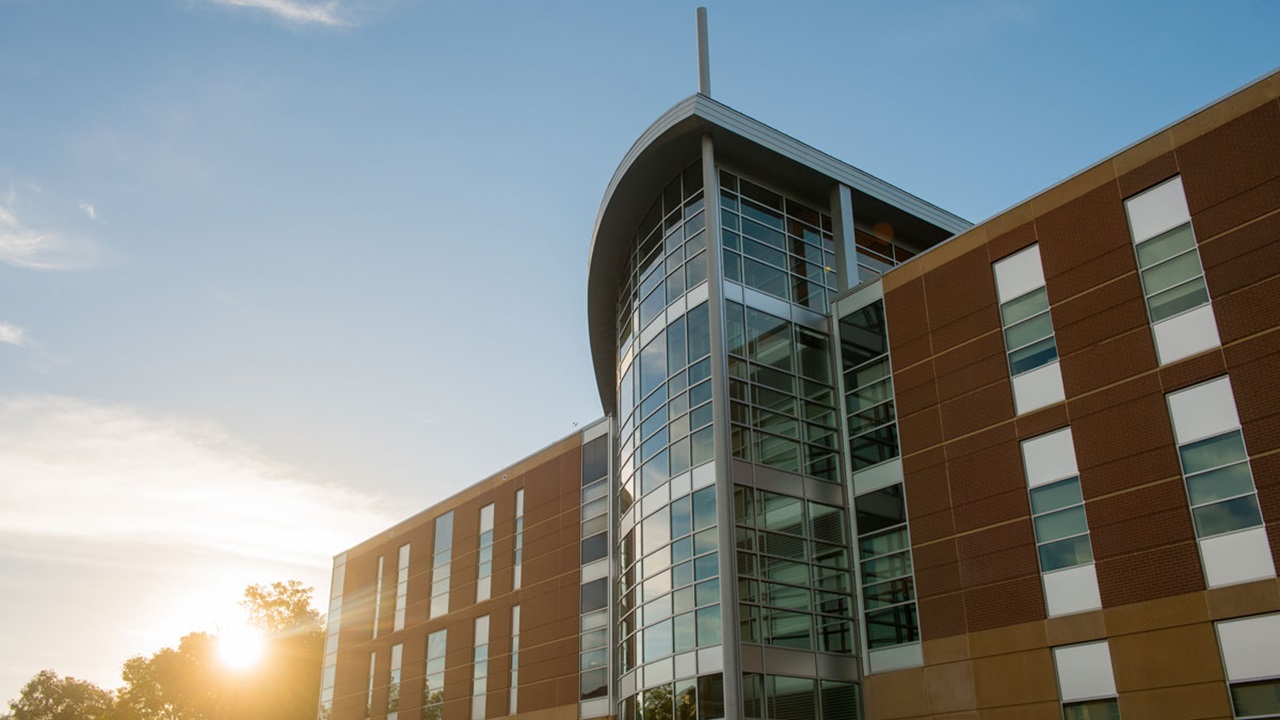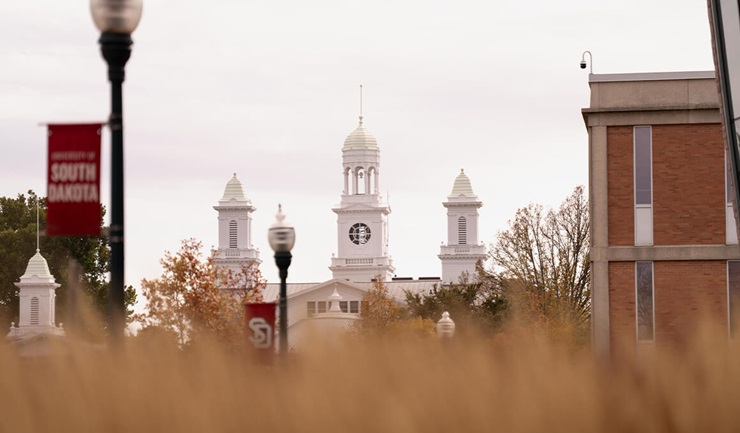An Accomplished Notable Trajectory

You drive through Brentford, South Dakota, in a minute or so on a quiet, blacktopped highway, passing by a modest city park while squinting into a bright, wide sky that domes the flattest landscape in the state. On a family farm near this tiny town is where Dr. Keith Lillemoe grew up. It’s an unexpected place to produce the surgeon-in-chief and chief of the Department of Surgery at Massachusetts General Hospital and a distinguished professor of surgery at Harvard Medical School. Lillemoe is also one of the nation’s foremost gastrointestinal and pancreatic surgeons.
Keith Lillemoe may be many years removed from his South Dakota roots and influences, but he will not forget them, and he is eager to acknowledge them. “Neither of my parents had a college degree, but they never wavered in their support for my education, my training or my career,” explained Lillemoe. “Growing up on a farm, you learn to work hard, and respect the uncertainties of life and the value of creating personal relationships, as you never know when you’ll need help.” These characteristics have served Lillemoe well.
Lillemoe’s inspiration for pursuing a career in medicine came while in high school as he observed a pediatrician and other medical professionals in nearby Aberdeen aid his younger brother who was suffering from childhood leukemia. “My family and I developed a high level of respect for Dr. Juan Chavier and the medical community during that ordeal,” recalled Lillemoe.
Lillemoe was a 4-H participant and graduated from Northwestern High School, in Mellete, South Dakota, as one of 37 students in the Class of 1971. He and five of his classmates matriculated to the University of South Dakota, an unusually large number headed to Vermillion from that small high school.
Lillemoe’s reason for choosing USD was thoughtful and deliberate. He figured his chances to be accepted by a medical school would be enhanced if he attended an undergraduate program in an institution that had a medical program. At USD, as an undergraduate, he studied a regimen of science courses, and he was admitted to the university’s medical school without an undergraduate degree. During medical school, in the summer between his first and second years, he did a clinical rotation at St. Luke’s Hospital in Aberdeen that included working with a local surgeon, Dr. Bernard Gerber. Dr. Gerber had a solo practice, and he was busy performing surgeries, visiting his patients in the hospital and doing consults. Lillemoe had a small apartment in a building called Lourdes Hall that was joined to the main hospital campus by a narrow bridge spanning a street that separated the buildings. “That summer,” laughed Lillemoe, “my wife, Cheryl, and I got married and she lived with me in that cramped, little two-room place.”

Being close to the hospital made it possible for Lillemoe to regularly and closely follow Dr. Gerber, including in the operation room, where he was to able to assist and observe. “Bernie,” recalled Lillemoe, years later, “was a skilled surgeon and a great teacher. He was also terrific with his patients. He showed me the life of a surgeon, and that’s when I decided surgery was the path I wanted to take.”
In that era, USD’s medical school was transitioning to a four-year program, and Lillemoe’s class was given the option to stay at the school and complete their degrees or transfer to a different medical school to finish their final two years. Lillemoe knew he wanted to pursue surgery, and since there was no surgery program at the University of South Dakota’s School of Medicine, he realized he’d have to go elsewhere. When he was accepted at the Johns Hopkins School of Medicine in Baltimore he enthusiastically said yes. “I knew that Johns Hopkins was a superb medical school, but what I didn’t realize was that its surgical program was one of the nation’s premier surgical programs,” said Lillemoe. “Once I discovered that it was easy for me to fall in love with surgery as a career track.”
Johns Hopkins and Baltimore became his home for nearly all of the next 28 years, as Lillemoe graduated from that medical school, did his surgical training there, and joined the faculty and worked as a surgeon there. From 1980 to 1982, during his surgical residency, Lillemoe served as a surgical investigator at Walter Reed Army Institute of Research, in Washington, D.C. By 1984 he was back at Hopkins, working as a senior surgical resident, and he finished his training in 1985. For the next 18 years he served on the active staff at Hopkins. It was, described Lillemoe, a very stimulating place to practice and teach medicine. Lillemoe embraced the academic emphasis of Johns Hopkins. “From practically the first day I hit Hopkins as a student,” he recalled, “I found myself in an environment of academic medicine and academic surgery. I was pleased to be trained to be an academic surgeon, and teaching became a passion.”
While he was at Hopkins, the institution created a formidable pancreatic surgical program, and Lillemoe was part of that development. “We did many pancreatic procedures,” Lillemoe explained. “And we got really good at it.”
Faculty at Johns Hopkins are prepared to be academic leaders and are often sought by other medical schools for leadership roles. In 2003, Lillemoe, by then a full professor with his own thriving surgical practice, took the position as chair of surgery at the Indiana University’s School of Medicine.
Lillemoe remained at Indiana until 2011, when he was recruited to be surgeon-in-chief at Massachusetts General Hospital and the W. Gerald Austen Professor of Surgery at Harvard Medical School. As he arrived in Boston for his new duties, he had attracted national attention for his skillful surgical management of pancreatic malignancies and general diseases of the pancreas.
Holding a leadership position at two of the world’s most prestigious medical institutions offered Lillemoe the chance to “be at the cutting edge of the changing world of health care.” He valued relationships wherever he had been, but in Boston those relationships stood out. “At Massachusetts General and at Harvard,” said Lillemoe, “I am thrilled with the opportunity to work with those who were and are the best and strongest in terms of health care leaders.”
Lillemoe maintains a demanding schedule. “My day job runs from 6:30 a.m. to 6:30 p.m. Monday through Friday, and working nights and weekends is also important to do the job right,” he explained. “My clinical practice anymore is limited, with surgeries and consults scheduled for one day each week. I have days that are protected for my academic activities, and days that are protected for my clinical work.”

His service to his profession has been impressive. Though the list is lengthy, some highlights include serving as editor-in-chief of the journal Annals of Surgery and leadership roles in the American College of Surgeons, Society of Surgery of the Alimentary Tract, The Halsted Society, the Society of University Surgeons, the Society of Clinical Surgery and the American Board of Surgery. Lillemoe described his selection as president of the American Surgical Association as “the highest honor of my career.” In 2018, he was selected to membership in the National Academy of Medicine.
Dr. Keith Lillemoe has ascended to the heights of his chosen profession. It’s a long way from the frying-pan flatlands of South Dakota’s James River valley to the lofty academic offices and surgical suites of Harvard Medical School and Massachusetts General Hospital.
“I owe a lot to South Dakota,” said Lillemoe, praising the education he received at the University of South Dakota, before describing regular, cherished visits to his home state to reconnect with family, friends and mentors.



